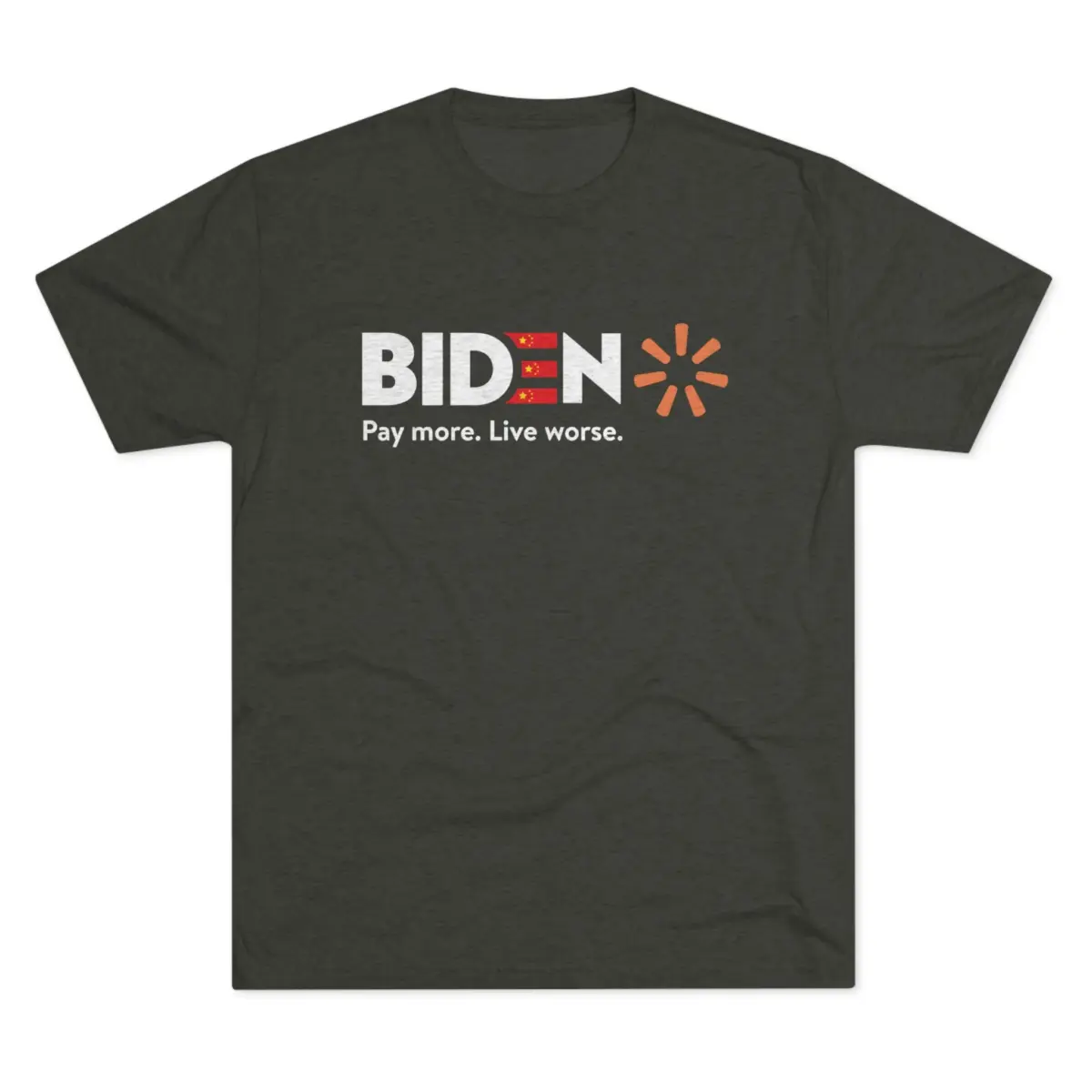From Birch Gold Group

This week, Your News to Know rounds up the latest top stories involving gold and the overall economy. Stories include: An inside look into China’s Evergrande crisis, gold surges as the narrative around it shifts, and how to prepare for the stock market crash that everyone knows is coming.
How China’s Evergrande crisis could drive gold higher
Arkadiusz Sieron analyzes China’s Evergrande crisis and its support for gold prices. Right now, the nation’s largest real estate developer has officially defaulted on its debt. With over $300 billion in liabilities, Evergrande is the world’s most indebted property developer. The situation has already caused some localized turmoil in China. A number of other developers are either in default or desperately struggling to postpone their debt payments, and more than half of all China’s property developers’ bonds are junk-rated, according to S&P.
Sieron doesn’t expect to see a repeat of 2007-2009 over Evergrande alone, based on the nature of the company. He doesn’t take this to be China’s “Lehman Brothers moment.” That doesn’t make the Evergrande case any less important, or indeed, any less threatening to the global economy.
China’s economic expansion and, more specifically, its private wealth is very closely tied to the real estate sector. Real estate is nearly 30% of the nation’s GDP. And, like Evergrande itself, the sector is unhealthy. Daniel Lacalle notes that China pursued growth at all costs, which gave way to “ghost cities, unused infrastructure, and wild construction.”
What’s going on here? The Carter Center’s Ruka Wang explains the backstory behind China’s overdevelopment:
China’s post-1978 development model has primarily relied on two growth drivers: (1) fixed asset investment mostly in infrastructure and (2) low-wage manufacturing for exports. China’s infrastructure investment is the highest in the world. According to a 2016 McKinsey report, China’s rate of infrastructure investment(about 8.6% of its $11 trillion GDP) is nearly twice as much as India, the next largest spender, and over three times as much as the US and Canada.
In the short-term, investing in infrastructure like this produces economic benefits. Workers from a hundred different specialty fields, from architects to painters, are paid to work. Mountains of steel, concrete, glass and copper are transformed into girders, buildings, windows and wiring. The finished product requires an unthinkable number of miscellaneous manufactured goods (light switches, carpet, tiles, pipes, doorknobs, window blinds) all available from local factories. A company or a nation with money to burn can burn it right at home, and heat up the economy a bit.
The problem with building uninhabited cities, untrafficked superhighways and empty airports is fairly simple: They cost money to create, but don’t offer any return on the investment. In other words, once that money is burned up, the heat is gone.
Unfortunately, the majority of China’s property development and infrastrutcure spending have failed to pay back their costs. Wang quotes a University of Oxford study that found a mere 28%, about a quarter, of China’s infrastructure projects have been “genuinely economically productive.”
That same 2016 study mentioned above concluded:
We predict that, unless China shifts to a lower level of higher-quality infrastructure investments, the country is headed for an infrastructure-led national financial and economic crisis, which is likely also to be a crisis for the international economy. China’s infrastructure investment model is not one to follow for other countries but one to avoid. [emphasis added]
Experts estimate that a 20% fall in real estate activity could translate to a 5%-10% reduction of China’s GDP, which, lest we forget, is the world’s second-largest.
Given China’s clout on the global stage, it will affect both imports and exports. We tend to think of China as an exporter only, which doesn’t match facts. China imports half a billion dollars of electronics equipment alone each year, and spends about $2 trillion annually on imports.
Sieron expects that any initial rush to safety will pick the U.S. dollar over of gold (so long as the former holds up.) Should the greenback’s recent inflation surge continue, or should America’s economy begin to feel the effects of China’s contraction, gold will take its historic crown as the safe haven of choice for those seeking shelter from an economic crisis.
MKS PAMP Group: Gold stands ahead of crypto even as inflation fears mount
According to MKS PAMP GROUP head of metals strategy Nicky Shiels, U.S. inflation at a 30-year high seems to have shifted sentiment in favor of gold. For a few months, markets were tolerant of 5%+ inflation reports, perhaps relying on their “transitory” nature. October’s CPI report, 6.2% year-over-year, seems to have changed some minds. Gold’s price jumped in response.
Part of why Shiels’ firm is so bullish on gold is that its inflation trade in general is just starting. A more-dovish-than-expected Federal Reserve tapering announcement raises inflation concerns even more, and gold in lockstep. Specifically, “more dovish than expected” refers to Fed Chair Jerome Powell’s statement that any hawkish moves would only follow an influx of positive data.
Gold, compared to many other alternative assets such as cryptocurrencies, remains a very affordable inflation hedge. Shiels calls it cheap, under-appreciated and considerably less volatile than today’s crypto market. Shiels sees a short-term high of $1,900 for gold.
We may see that, and more, in the months ahead, with 10-year Treasurys and even 30-year Treasury Inflation-Protected Securities losing money after inflation. Continued high inflation would likely start its own bullish cycle in gold (as well as other commodities).
Kiyosaki looks to just three assets for protection from a market crash
Finance author Robert Kiyosaki has been cautioning that the U.S. stock market is due for a massive crash, one that will bring about an inflationary depression. Kiyosaki expected equities to start plummeting in October, yet the market continued to barrel onwards by posting new highs. For Kiyosaki, like many others, this is only postponing the inevitable reckoning and ensuring the coming crash will be even worse.
Besides bitcoin, which Kiyosaki praises due to its fixed supply and lack of correlation, physical gold and silver are the only investments he likes in the current environment. Gold should not be dismissed in favor of crypto, nor is crypto a substitute for gold, he cautioned. Gold has a battle-tested track record of holding its ground in the toughest of times.
The 2008 crisis, which saw the U.S. stock market collapse along with many other things, brought gold’s price up by more than 60% within just two years. Kiyosaki views silver as similar, and believes that it could be the asset with the least risk and most upside right now.
Silver is well below its inflation-adjusted all-time high of $126 in the early 80s. Kiyosaki believes silver is in bargain territory, especially in relation to gold. And, unlike the more expensive metal whose primary use is an investment vehicle, silver’s numerous industrial uses have seen it become a necessity in multiple rapidly-growing industries, such as solar panels and EVs.
After 8 long years of ultra-loose monetary policy from the Federal Reserve, it’s no secret that inflation is primed to soar. If your IRA or 401(k) is exposed to this threat, it’s critical to act now! That’s why thousands of Americans are moving their retirement into a Gold IRA. Learn how you can too with a free info kit on gold from Birch Gold Group. It reveals the little-known IRS Tax Law to move your IRA or 401(k) into gold. Click here to get your free Info Kit on Gold.
It is my sincere desire to provide readers of this site with the best unbiased information available, and a forum where it can be discussed openly, as our Founders intended. But it is not easy nor inexpensive to do so, especially when those who wish to prevent us from making the truth known, attack us without mercy on all fronts on a daily basis. So each time you visit the site, I would ask that you consider the value that you receive and have received from The Burning Platform and the community of which you are a vital part. I can't do it all alone, and I need your help and support to keep it alive. Please consider contributing an amount commensurate to the value that you receive from this site and community, or even by becoming a sustaining supporter through periodic contributions. [Burning Platform LLC - PO Box 1520 Kulpsville, PA 19443] or Paypal
-----------------------------------------------------
To donate via Stripe, click here.
-----------------------------------------------------
Use promo code ILMF2, and save up to 66% on all MyPillow purchases. (The Burning Platform benefits when you use this promo code.)






The USD is just under 96. Gold is $1858 in very “strong” Dollars. I believe metals have launched and you just can’t see it because of the shielding given by this strong Dollar.
Evergrande came within a hair of defaulting twice in the last 30 days or so, At the last minute, they managed to pay the 146 million dollar payment due. China is in far worse shape than the media is reporting.
I would not want to be in the markets when Evergrade blows.
China is a royal empire. I doubt fiat currency is the same concern to them.